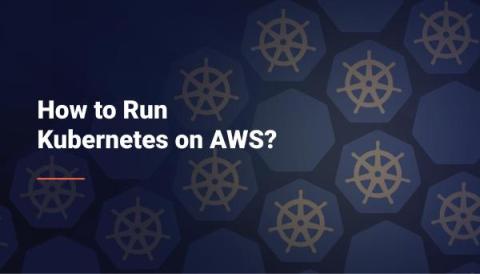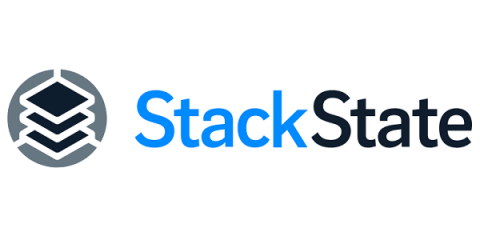Deploying AI Apps with GPUs on AWS EKS and Karpenter
As AI and machine learning workloads continue to grow in complexity and size, the need for efficient and scalable infrastructure becomes more important than ever. In this tutorial, I will show you how to deploy AI applications on AWS Elastic Kubernetes Service (EKS) with Karpenter from scratch, leveraging GPU resources for high-performance computing.











